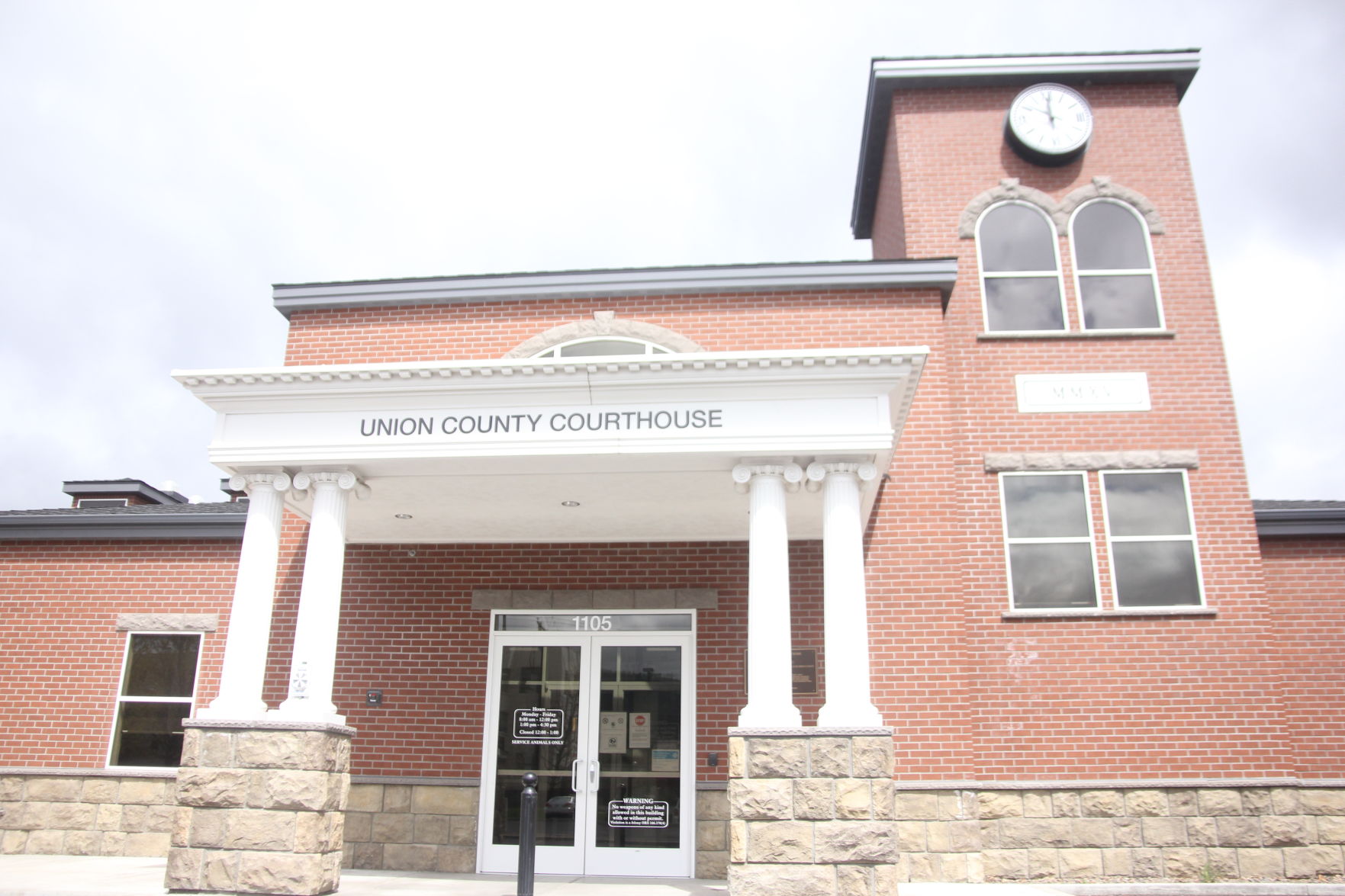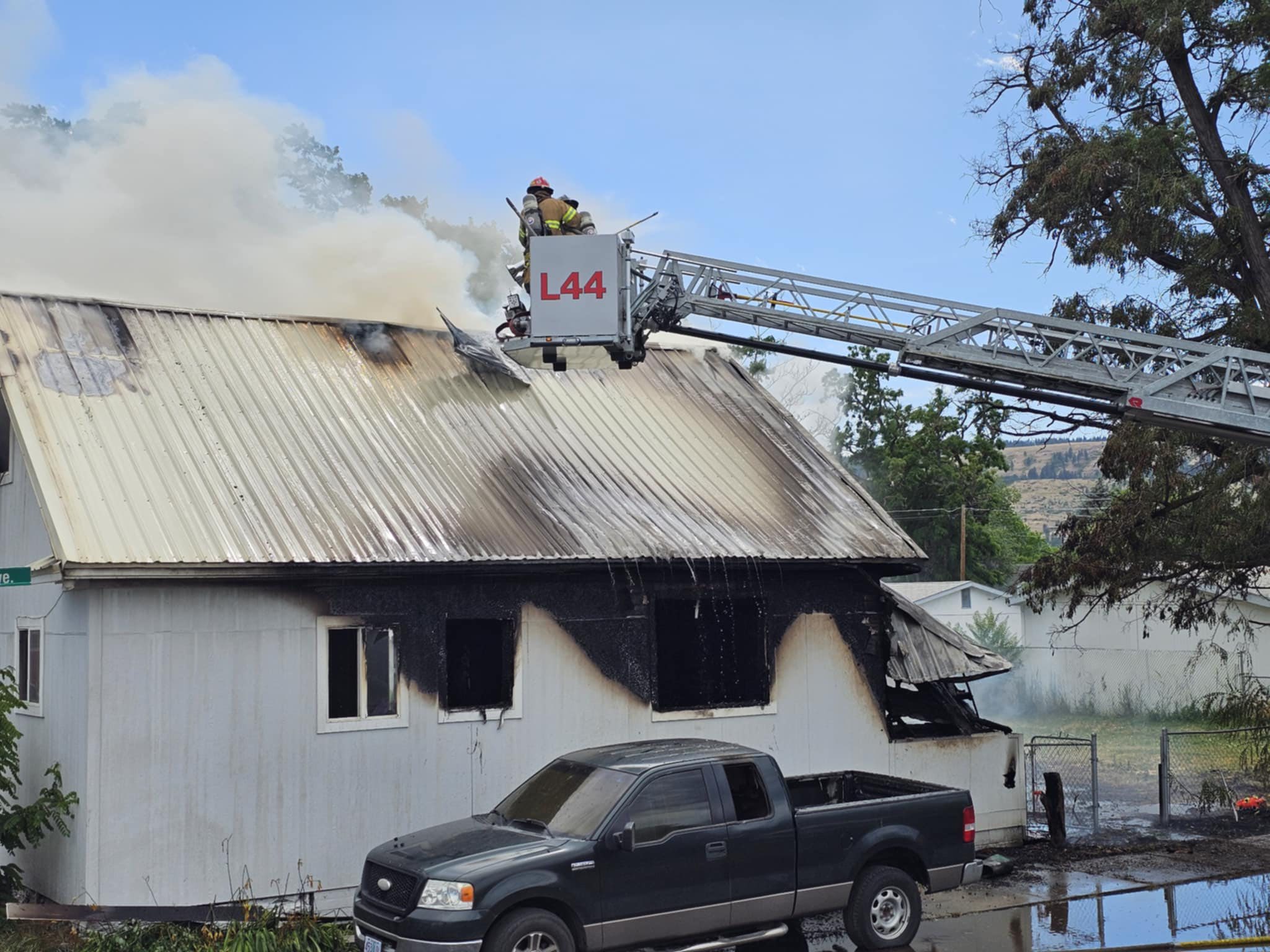A caplock pistol contrast in the days of COVID-19
Published 9:00 am Saturday, May 9, 2020

- The finished 50-caliber Trapper Pistol on a juniper round. These single-shot handguns were often barreled for the same size round balls as the rifles in common use — the short-stocked mountain guns and Kentucky rifles.
PENDLETON — It’s 1852. A few pioneers have staked claims in the Blue Mountains although most of the trains roll on to the Willamette Valley. The stars and stripes are flying now in this part of the territory and there are 31 stars as the state of California has been added to the Union.
You are out of the hills with something to trade. Perhaps a load of furs, maybe a poke full of nuggets. You need a pistol.
Since last year, there has been a trading post at the mouth of McKay Creek. There is a 28-year-old behind the counter named William McKay. A doctor of medicine, he had earned his degree at 19. Now widowed, and a veteran of the California gold rush, he is back in Oregon country to try his hand at trade.
The one thing you don’t do is walk into McKay’s trading post with a mask on your face. That would not be fashionable for another 168 years.
What you want is a handgun to hang in a holster from the saddle or tuck into a sash or a belt if the occasion called for it. McKay’s trading post is no well-stocked gunsmith’s shop, but there are a few short guns behind the counter. There could be a Colt’s revolver on the rack or a Pepperbox — the gun that won the East — and these could command high prices of $12 to $15 on the frontier. It was more common to find single shot pistols, which might bring $8 to $10. There would be flintlocks and percussion models, and now one of the latter has caught your eye.
All of these things were in my mind in early April as I unboxed the trapper pistol kit I ordered from www.muzzle-loaders.com, based in La Grande. A 50-caliber percussion pistol, it would have been similar to the ones available at McKay’s trading post from time to time.
When it looked like the governor was going to issue a stay-at-home order, I decided that building a couple of replica firearms was a good use of my time. And, like our example of a lone traveler riding down out of the hills, I wanted a pistol.
The first task was a dry assembly of the unfinished parts. That gave a good indication of the work to do. The assembled parts indicated more inletting as well as removal of metal around the trigger guard.
The tools used to build this kit included: files, chisels, flathead screwdriver, belt sander, various grades of sandpaper down to 320 grit, and fine steel wool.
It was a matter of two hours to sand and file and grind the parts into a smooth fitment.
To finish the gun, I ordered Birchwood Casey’s plum brown, brass black, rusty walnut stain and Tru-Oil.
The plum brown finish is a traditional rust process that preserves the barrel when treated with oil. The process requires heating the metal to 275 degrees, applying the product, rinsing it and applying again.
A screwdriver with the shaft wrapped in duct tape was used to hold the barrel. The screwdriver was mounted in a vise with the barrel placed on the shaft.
I used a propane torch to heat the barrel. It required four treatments and a liberal application of oil to achieve a consistent plum brown.
Next I blacked the shiny brass. This was quite easy, but I should have waited till the end of the process. The blacking wears away with handling.
In the third session, I fixed fit issues that, as the project came together, revealed other fit issues.
The following Monday and Tuesday saw three light coats of Tru-Oil applied to the stock. On Wednesday, the stock received its final coats and after that a light buff with steel wool.
The finished pistol is ready to take to the range or strap to the saddle. It is not unlike what a hunter, trapper, Sahaptin-speaking warrior or pioneer might have carried in the early 1850s.
Given a chance, our high country drifter might have opted to build the kit himself. The tools required to build the trapper pistol are not much different from what might have been available at a blacksmith’s shop in 1852.
I lost track of time during this project, which I guess was kind of the point, but I estimate the finished pistol took 13 to 15 hours. If my woodworking skills had not been a little rusty, I could have finished the project in eight to 10 hours.
A functioning pistol could be built from a kit in as little as three hours or an investment of 30 hours. How much time do you have? Quite a lot apparently, in the days of COVID-19.









